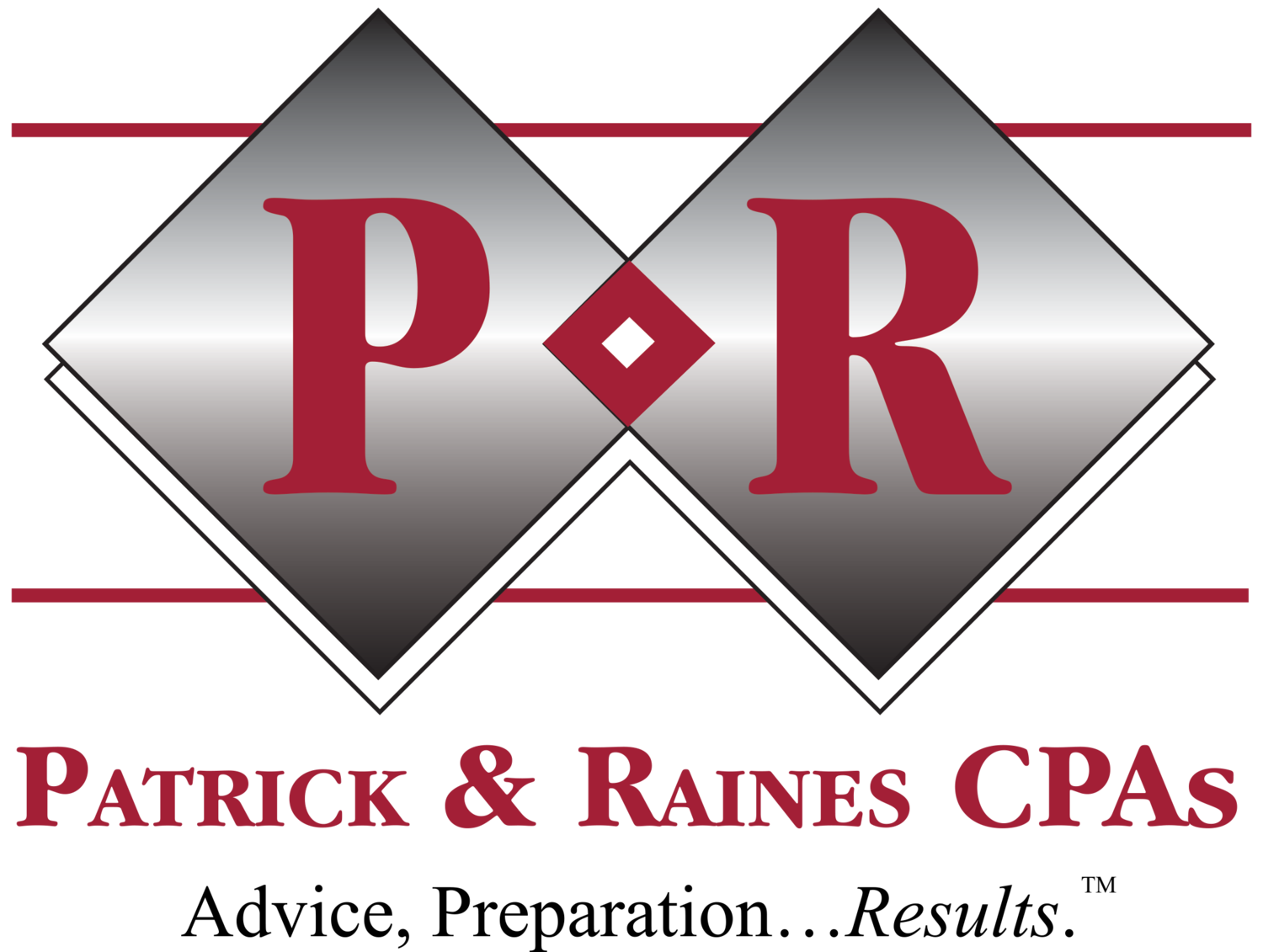People Still Pay by Check: Beware of Tampering
In nonprofit and commercial organizations alike, we want to think our employees (or volunteers) exude sterling characters who wish the best for both our organization and their fellow colleagues. Sadly, this isn’t always the case, and even people we trust implicitly may be tempted to conduct deceptive bookkeeping in times of personal downturn.Although many consumers turn to electronic means of payment, a large quantity of checks still pass through most organizations, making check tampering a potential method of theft.Fraudulent disbursement of funds usually occurs either by forging a check from a company account or by diverting a company check intended for a third party, for personal benefit.The Association of Certified Fraud Examiners breaks down check tampering into five categories:
- Forged maker. The “maker” of the check signs the front. If a non-authorized person signs a company check in the name of an authorized signer, it’s forgery.
- Forged endorsement. Whereas the maker signs the front of the check, the endorser signs the back, enabling dishonest “endorsers” to cash checks fraudulently.
- Altered payee. An employee may intercept a company check intended for a third party and alter the payee line. (Ever wondered why the IRS requires you to make checks payable to U.S. Treasury? Checks made payable to the IRS could be altered to “I. R. Smith” or other last names beginning with S.)
- Concealed check. Fraudulent checks may be concealed in a stack of others that the boss signs without first scrutinizing them.
- Authorized maker. A person authorized to sign checks may fraudulently cash one for self-profit.
If check tampering occurred only infrequently, losses would prove minimal, but ongoing greed and desperation often lead perpetrators to commit multiple acts of deception, thus your company could lose thousands of dollars before the fraud gets discovered.How can your organization avoid deceptive acts of thievery by employees? Diligence must remain foremost in following internal control procedures:
- Segregate duties. Accounts receivable, accounts payable, and recordkeeping should be done by three different employees (or by employees in three separate departments).
- Reconcile bank statements every month. If your organization isn’t big enough to segregate the duties, take on this task yourself. Know what checks were written, cashed and outstanding, and follow up on anything questionable.
- Never sign checks in a hurry without examining them.
For more advice on internal control, or for assurance services (audits, reviews, or compilations) contact the experienced accounting staff at Patrick & Robinson CPAs at Office@CPAsite.com or 904-396-5400. “An ounce of prevention is worth a pound of cure” holds true in preventing check fraud. Prudent vigilance will save you headaches, time and money.

